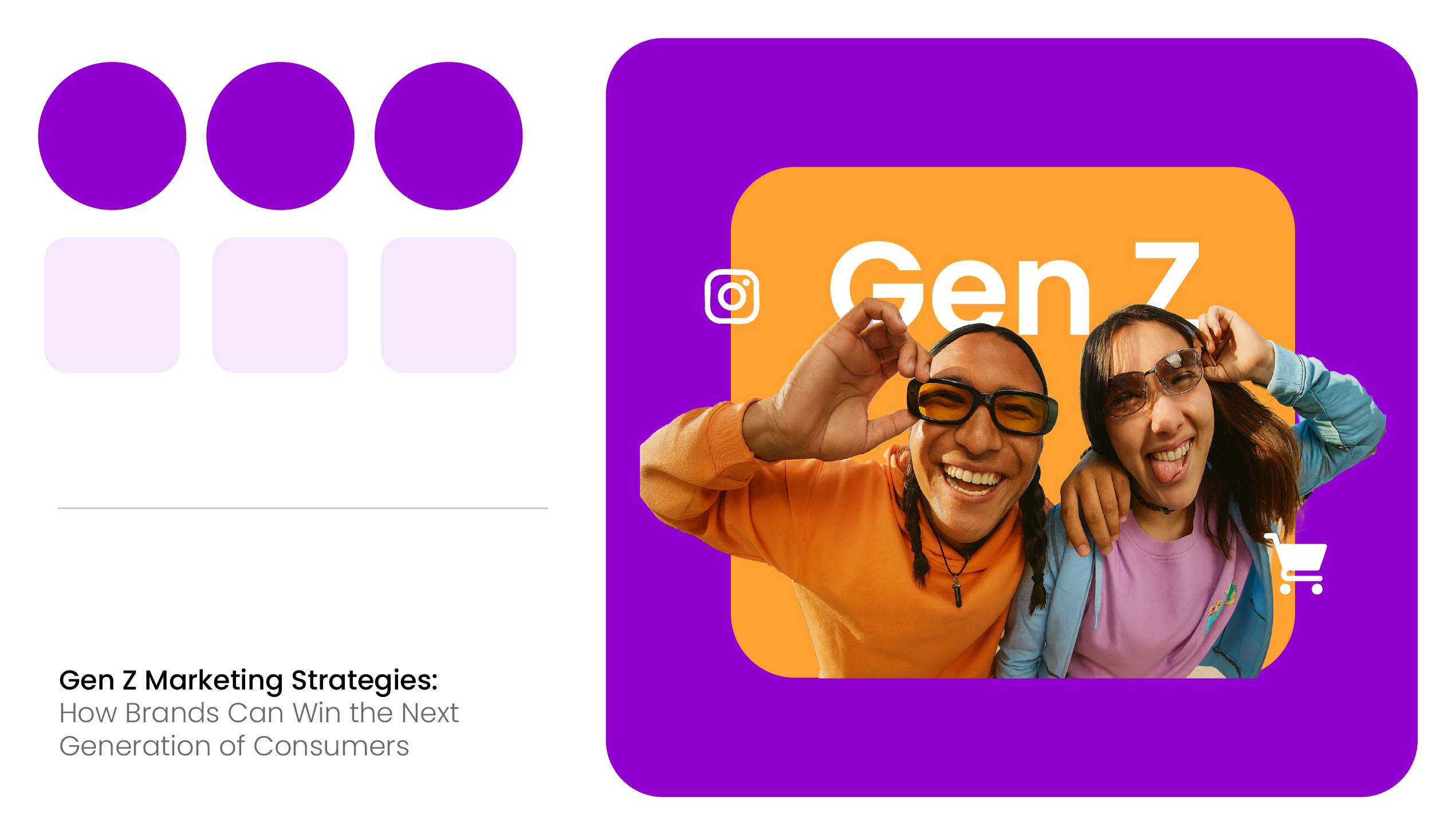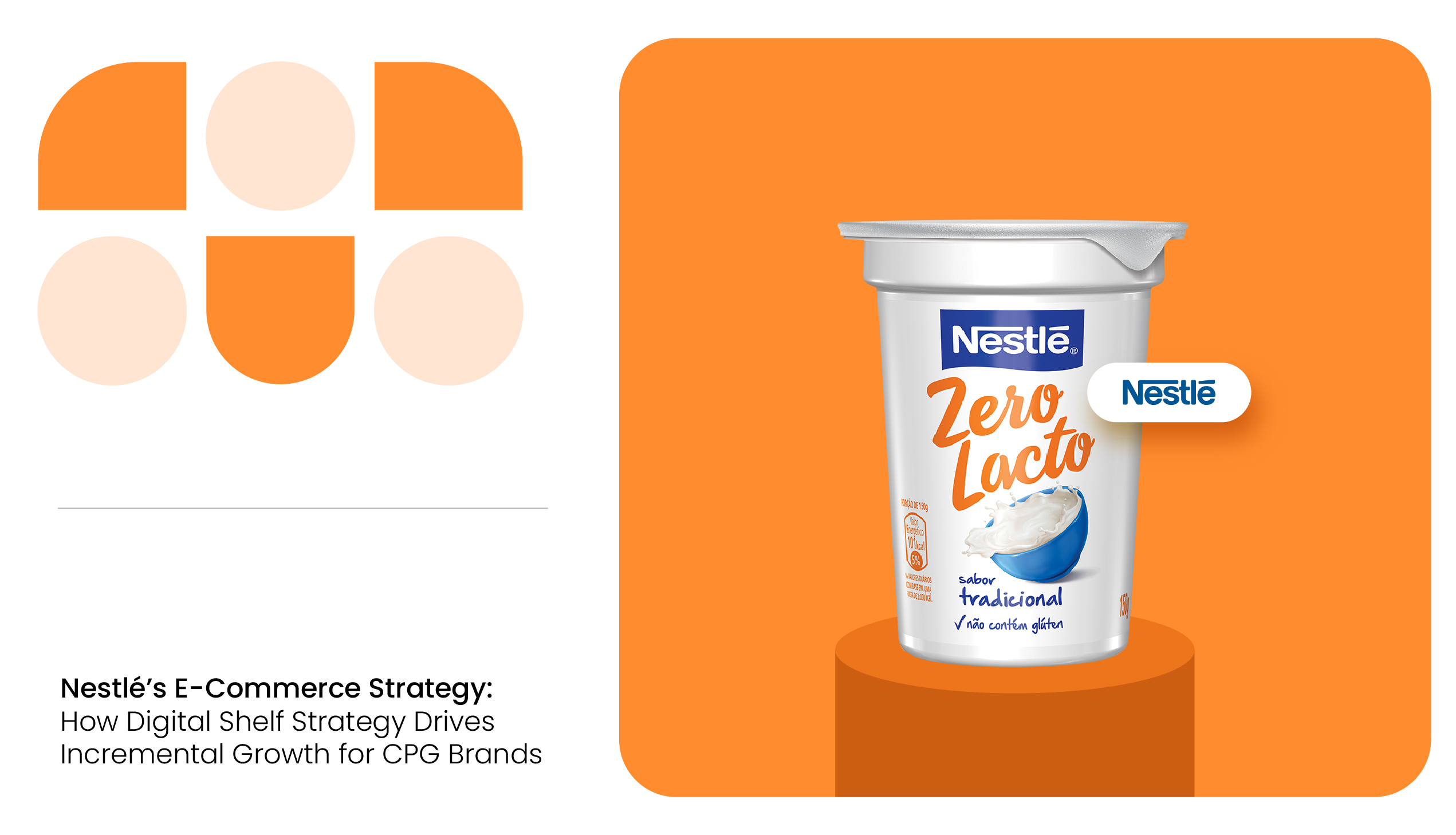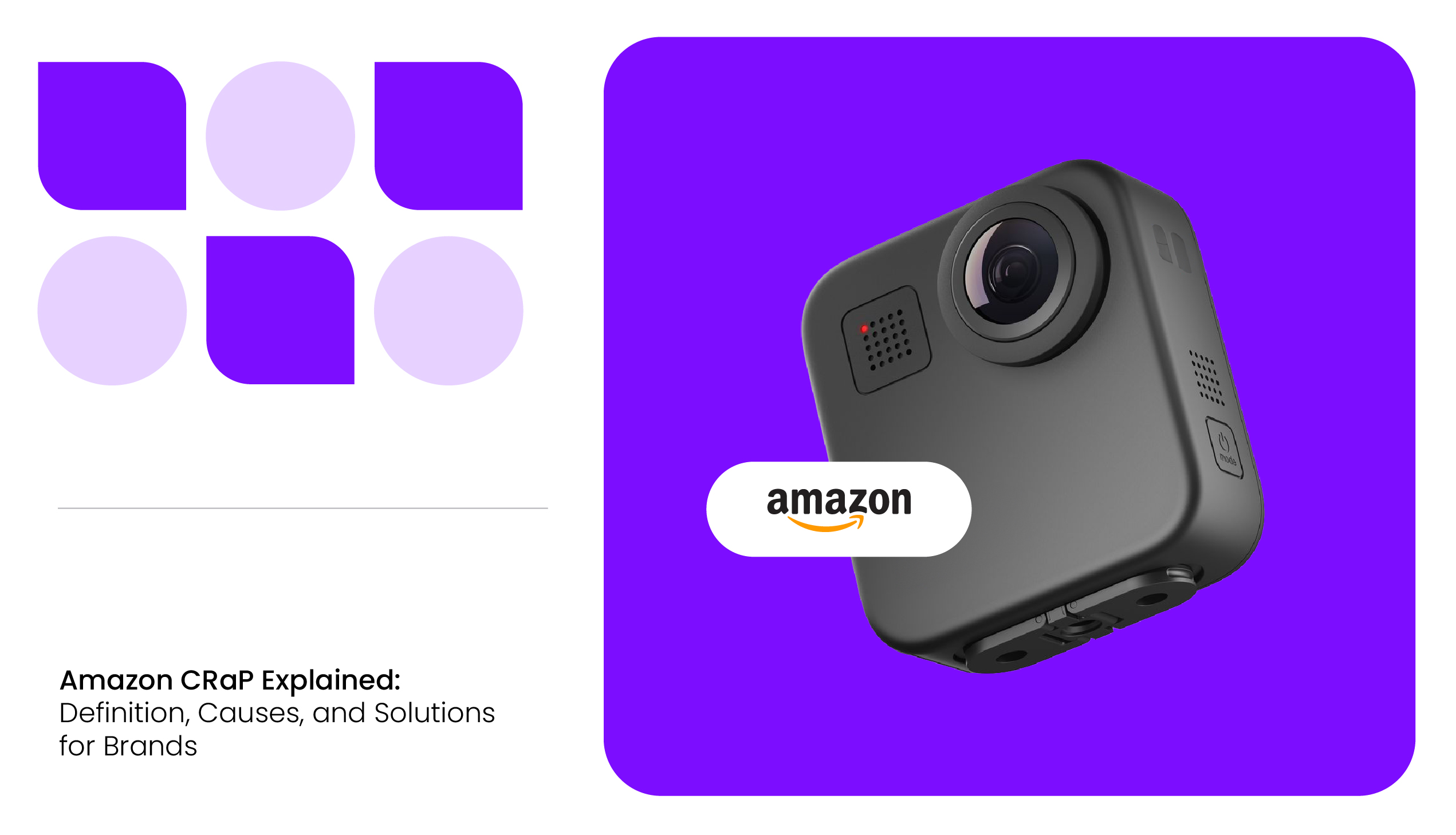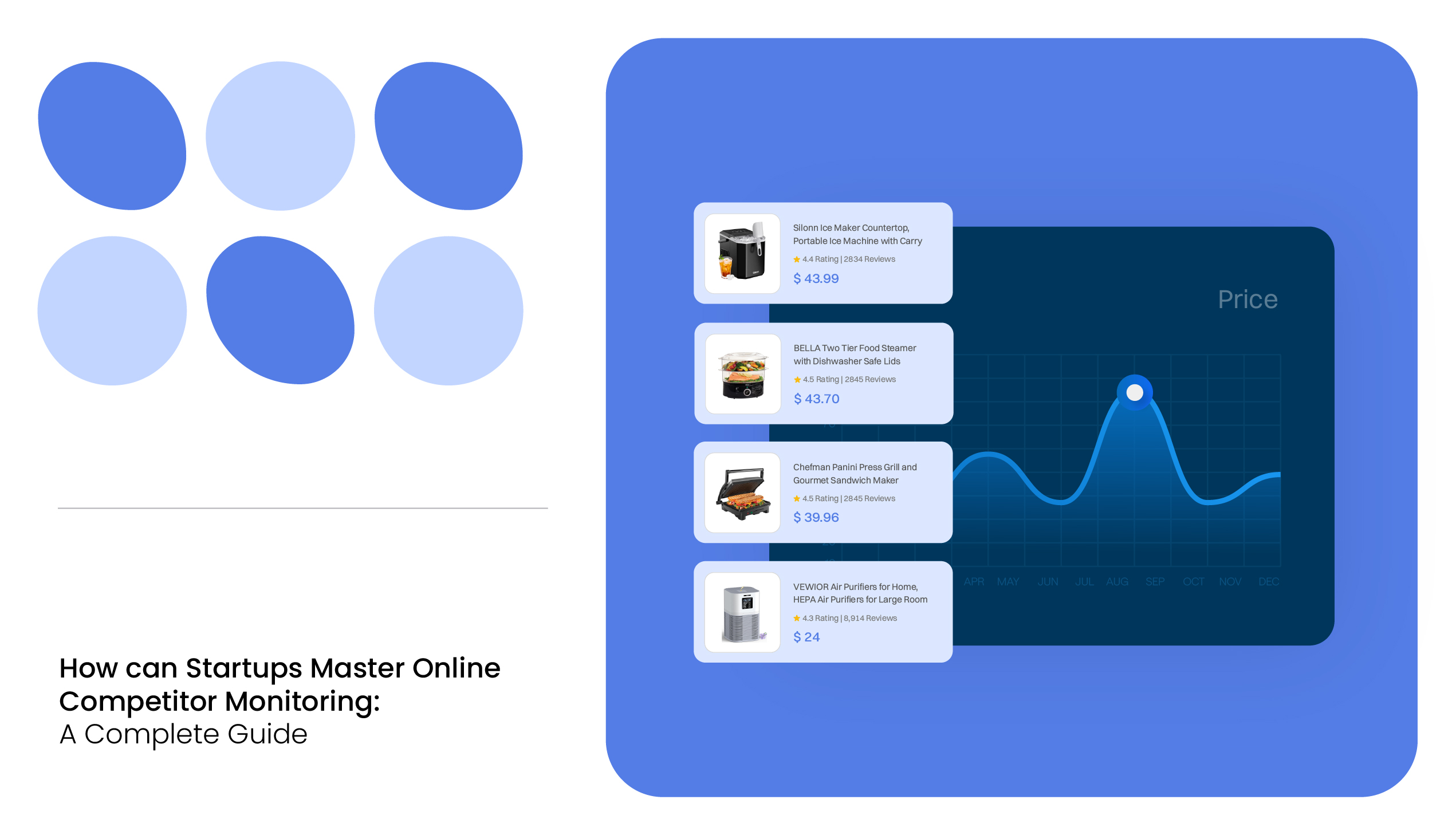The next generation of consumers has arrived, and they are unlike any that have come before. Raised with a smartphone in hand, Gen Z lives and breathes in the digital world.
Their purchasing decisions are shaped not by traditional advertising but by what they see on TikTok, Instagram, and other social platforms. But capturing the attention of this dynamic group is a challenge.
With their brand loyalty limited to those who align with their values and provide authentic experiences, Gen Z demands more from the companies they support. To succeed, brands must move beyond outdated marketing tactics and embrace a new, tech-savvy approach.
This guide will explore the unique behaviors of Gen Z and outline the essential Gen Z marketing strategies brands can use to earn their loyalty and their business.
Understanding Gen Z Consumer Behavior
To understand Gen Z is to understand the future of the marketplace. Gen Z grew up online and is shaped by technology and social media. Rather than watching TV ads, Gen Z “flits between sites, apps, and social feeds” for news, reviews, and trends.
According to a 2025 Gen Z commerce behavior study, 68% reported that they discover new products through social media platforms like TikTok and Instagram. In addition, more than half of them use in-app purchase buttons to buy within those same environments immediately.
Unlike some older consumers, Gen Z’s brand loyalty is limited and conditional. They won’t hesitate to switch if something newer or more exciting comes along. Capturing Gen Z’s long-term loyalty is challenging; they are highly trend-driven and constantly seeking novelty and authenticity.
However, loyalty is not dead; it just looks different. Gen Z will stick with brands that continually align with their values and keep them engaged. For example, youth-favored retailer Ulta Beauty credits its robust loyalty program and experiential focus for maintaining Gen Z loyalty.
At the same time, this digital native generation still values physical retail. Many view store visits as an “experience” – enjoying the immediacy of getting products, in-store deals, and the social aspect.
Additionally, payment methods like “Buy Now, Pay Later” (BNPL) have become popular with Gen Z. This enables them to immediately purchase something they want, even if they can’t actually afford it.
Unlike prior generations, Gen Z cares deeply about social causes: they champion climate change action, diversity and inclusion, and ethical business practices. Surveys show Gen Zers expect brands to take clear stands on issues and exhibit transparency.
As a result, the strategies that worked for previous generations are becoming obsolete. To win Gen Z consumers, brands must adopt a new approach.

Gen Z Marketing Strategies that Work
To reach Gen Z effectively, brands should focus on interactive, social, and personalized experiences. Below are the Gen Z marketing strategies that will help you win them as customers.
Social Commerce & Shoppable Content
As we discussed above, Gen Z now lives and shops on social platforms. They often spot a product on TikTok or Instagram and then complete the purchase, sometimes directly through these social channels. In fact, platforms like TikTok, Instagram, and Facebook are fast becoming default shopping hubs for young buyers.
To capitalize on this, brands should make content shoppable. This includes tagging products in Instagram posts or Reels, using Instagram’s “Buy Now” and TikTok’s shopping features, and sharing UGC images (e.g., review photos) in your Instagram Stories and Highlights.

In addition, brands should encourage customers to post reviews and user generated content of products and offer exclusive social-only discounts or limited drops. These approaches turn social feeds into active storefronts, meeting Gen Z where they already spend their time.
READ MORE | Want a Breakdown of the Biggest Trends in Social Commerce? Check out Social Commerce Trends 2025: What’s Hot? What’s Next?
Authentic Influencer Partnerships
Gen Z tunes out polished ads and celebrity pitches. They trust “people like me”, micro- and nano-influencers, far more than traditional celebrities. Therefore, brands should prioritize genuine creator collaborations.
This involves identifying niche influencers whose values and aesthetic align with the brand’s, and granting them creative freedom to present products in authentic ways. For example, beauty brand The Ordinary grew by partnering with dermatology enthusiasts on social media, and apparel brand Gymshark built an athletic community through fitness vloggers.
Beyond influencer marketing, Gen Z responds to UGC and peer recommendations. To leverage this, brands can encourage customers to create their content, such as unboxing videos or style photos, and then repost it on their social media accounts.
Reposting real consumer pictures, running hashtag challenges, and building ambassador programs of everyday brand fans. Together, authentic influencer endorsements and customer content create a powerful word-of-mouth engine suited to Gen Z’s preferences.
Purpose-Led Brand Positioning
Gen Z expects brands to stand for something beyond profits. They demand “purpose and accountability” on social and environmental issues at higher rates. This means that brands need to be transparent about sustainability efforts, diversity policies, and community impact.
For example, outdoor brand Patagonia has built a huge Gen Z following by openly sharing its supply-chain ethics, hosting repair/resale programs (Worn Wear), and donating millions to environmental causes.

When done right, this “purpose-led” approach turns customers into advocates, especially among a generation that will reward socially conscious brands.
READ MORE | Want to Know Gen Z Sustainability Trends that are Reshaping E-Commerce? Dive into Gen Z Sustainability Trends: How E-Commerce Brands Can Stay Relevant
Immersive Retail and Experiential Marketing
Gen Z consumers crave experiences and immersion. They see shopping as a social, interactive event, not just a transaction. Brands can engage them by creating memorable in-person or virtual experiences that feel shareable and fun.
For instance, pop-up shops and branded events generate buzz and FOMO: a limited-time retail activation by luxury brands or a vibrant makeup pop-up at a music festival will draw crowds of Gen Z enthusiasts and flood social feeds.
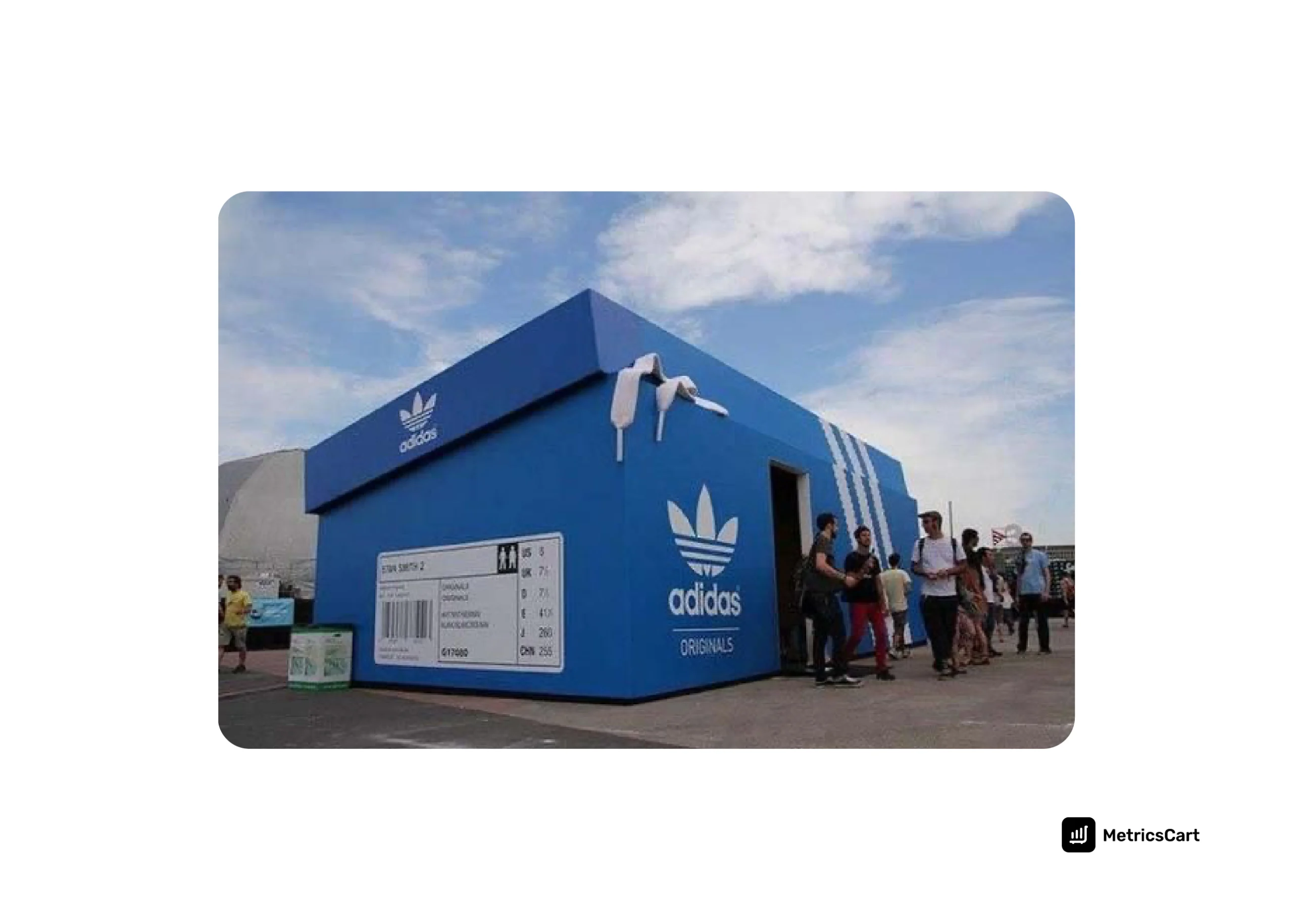
Similarly, experiential campaigns that combine real-world fun with social amplification, such as photo-worthy brand installations, live performances, etc., turn customers into promoters.
Moreover, technology can boost this immersion. Half of 18–34-year-olds report using or being curious about AR/VR shopping experiences. Brands like Ikea (with AR furniture apps) or Sephora (virtual makeup try-on) show Gen Z’s appetite for a digital-physical mix.
These immersive tactics meet Gen Z’s desire for novelty and social engagement as they treat shopping as a form of entertainment.
Data-Driven Personalization
Gen Z expects digital personalization. They’re accustomed to algorithms curating their social feeds and product feeds, so one-size-fits-all messaging falls flat. According to industry analyses, young shoppers want brands to “understand their preferences and deliver unique, relevant experiences”.
This involves utilizing customer data, including browsing history, past purchases, and social behavior, to tailor recommendations, content, and communication. For example, sending personalized email offers, showing “recommended for you” products on the site, or dynamically highlighting products that match a user’s style profile can all boost engagement.
At the same time, Gen Z is privacy-conscious. They will share data if they see clear value in return, but they also expect transparency. Experts advise that brands “must be transparent about how customer data is collected and used,” and emphasize improved experience over exploitation.
This could involve clear consent banners, loyalty programs that explain data usage, or visible trust seals on sites. When done right, data-driven strategies help Gen Z feel recognized and valued.
READ MORE| Want to Know Gen Z Amazon Shopping Habits? Check out Decode How Gen Z Shops on Amazon: Supercharge Your Brand’s Sales Today
Conclusion
Winning Gen Z requires more than pushing products—it demands authenticity, purpose, and experiences that blend digital and physical worlds. They shop on social media, value genuine voices, expect brands to stand for something, and crave personalized engagement.
By embracing social commerce, authentic influencers, purpose-driven positioning, immersive experiences, and smart personalization, brands can turn Gen Z from casual buyers into loyal advocates.
With MetricsCart, brands can track product trends, optimize visibility, and ensure their strategies truly resonate with Gen Z’s expectations.
Ready to Win Gen Z Customers?
FAQs
Gen Z is more digitally native, values authenticity over polished branding, prefers social-first discovery, and often chooses brands based on shared values and purpose rather than just price or product features.
Gen Z actively supports brands that align with their social, environmental, and ethical values, often choosing them over cheaper or more convenient alternatives.
Yes—especially if the products align with health-conscious trends, sustainability, and perceived quality. Premiumisation is a growing preference among Gen Z buyers.
By collaborating with micro- and nano-influencers who have authentic engagement and niche credibility, rather than focusing only on celebrity endorsements.
Immersive retail includes interactive, experiential in-store or online shopping—like AR try-ons, gamified browsing, or pop-up events—that turn shopping into entertainment.

